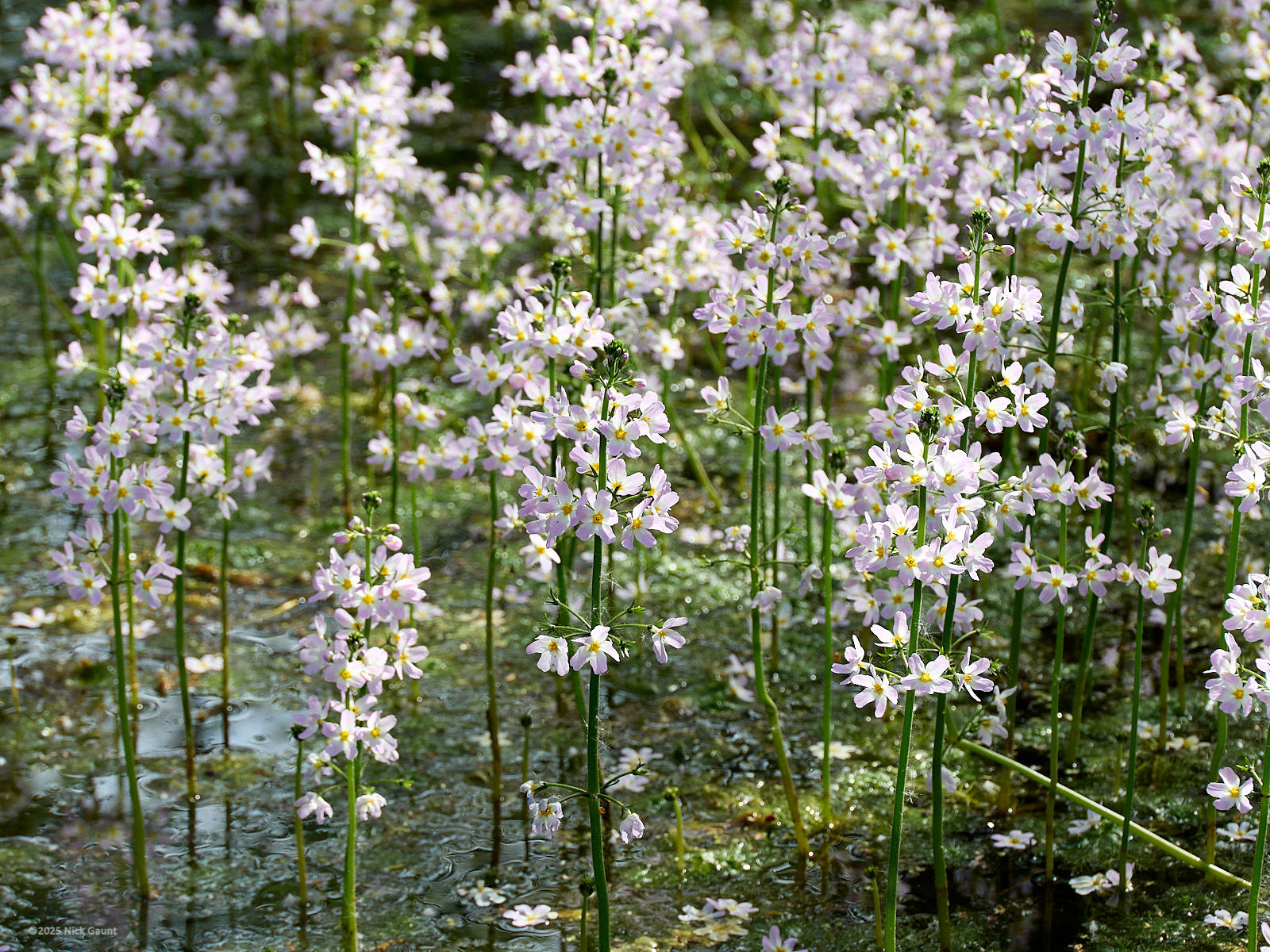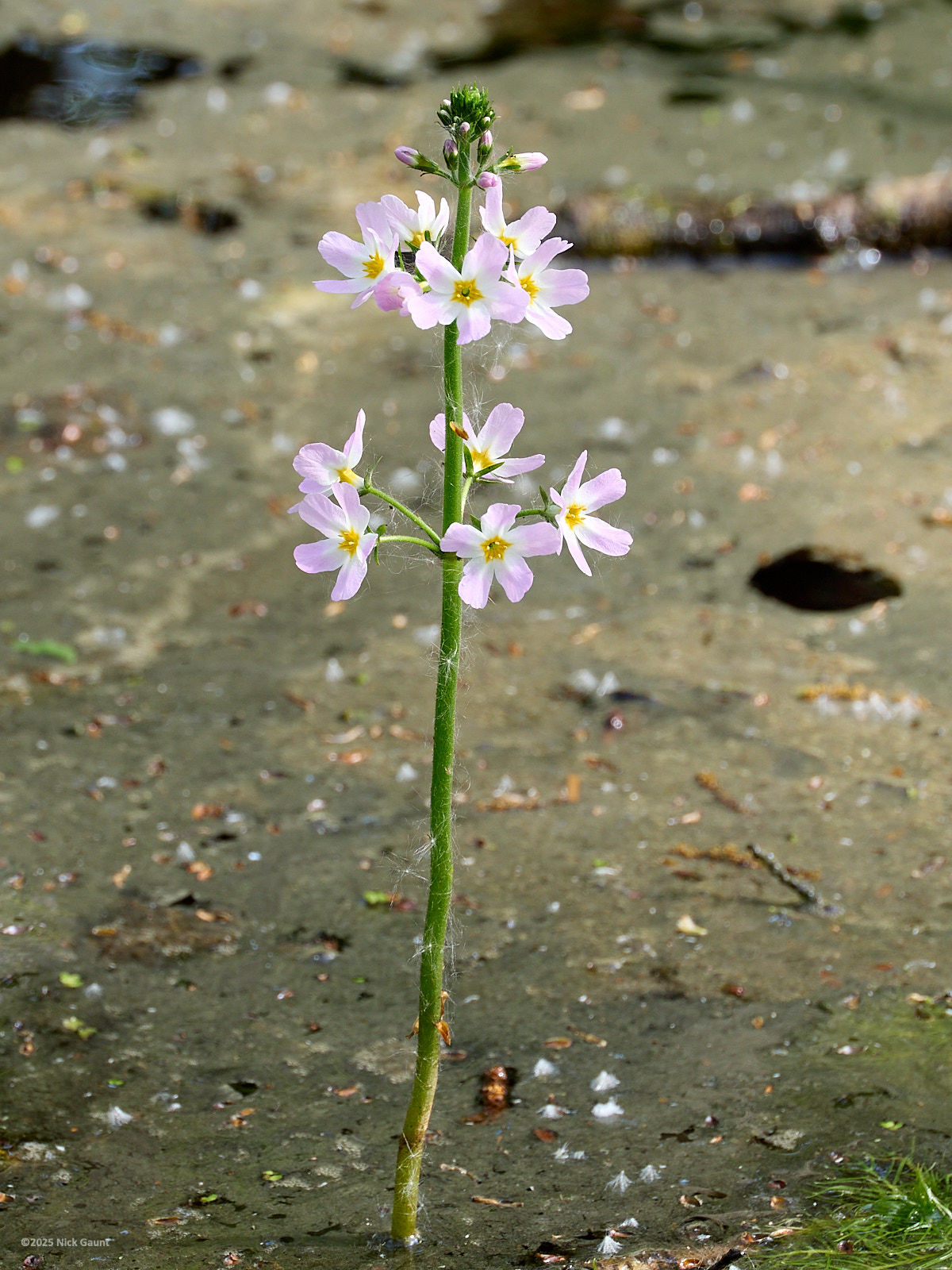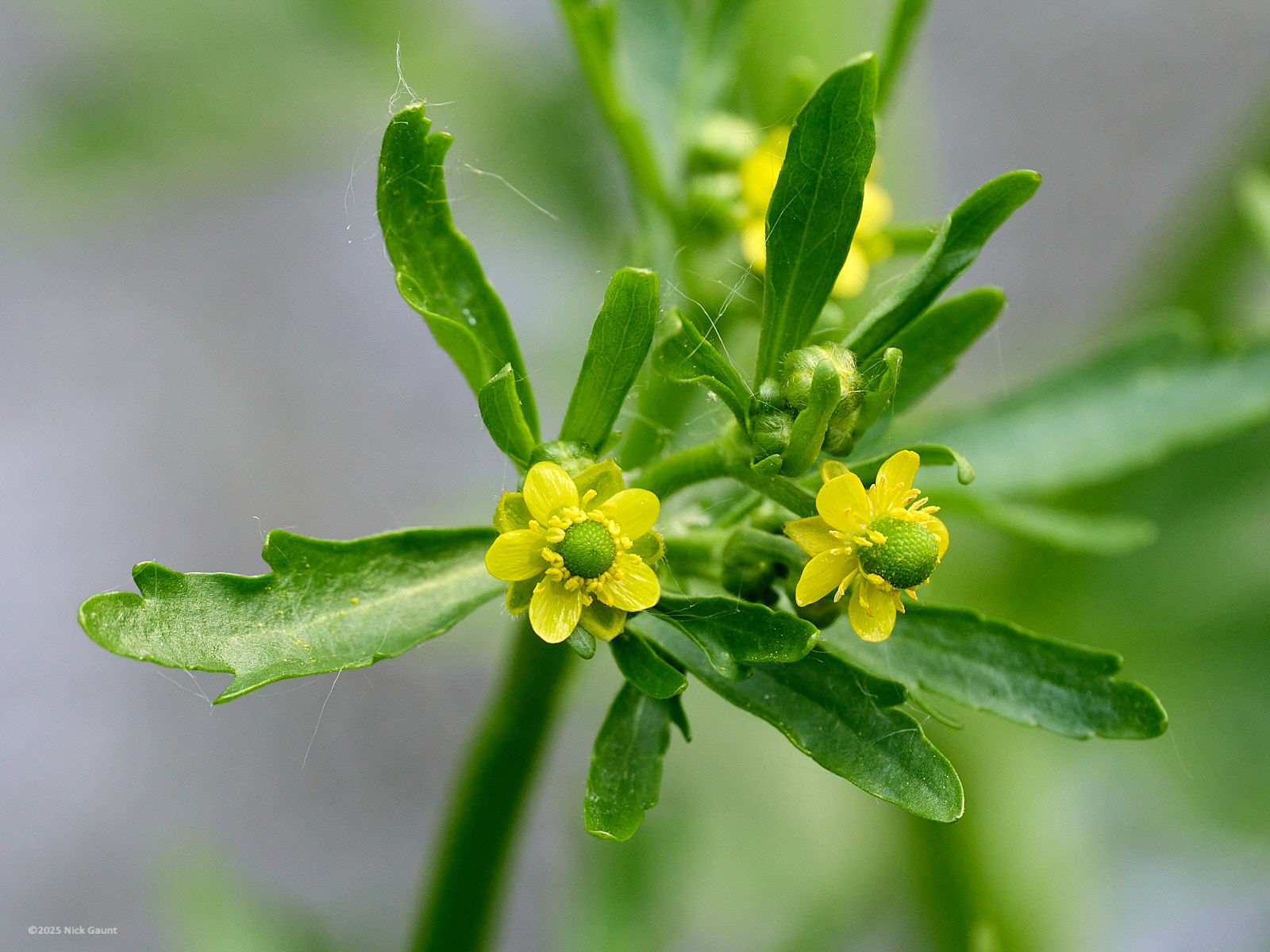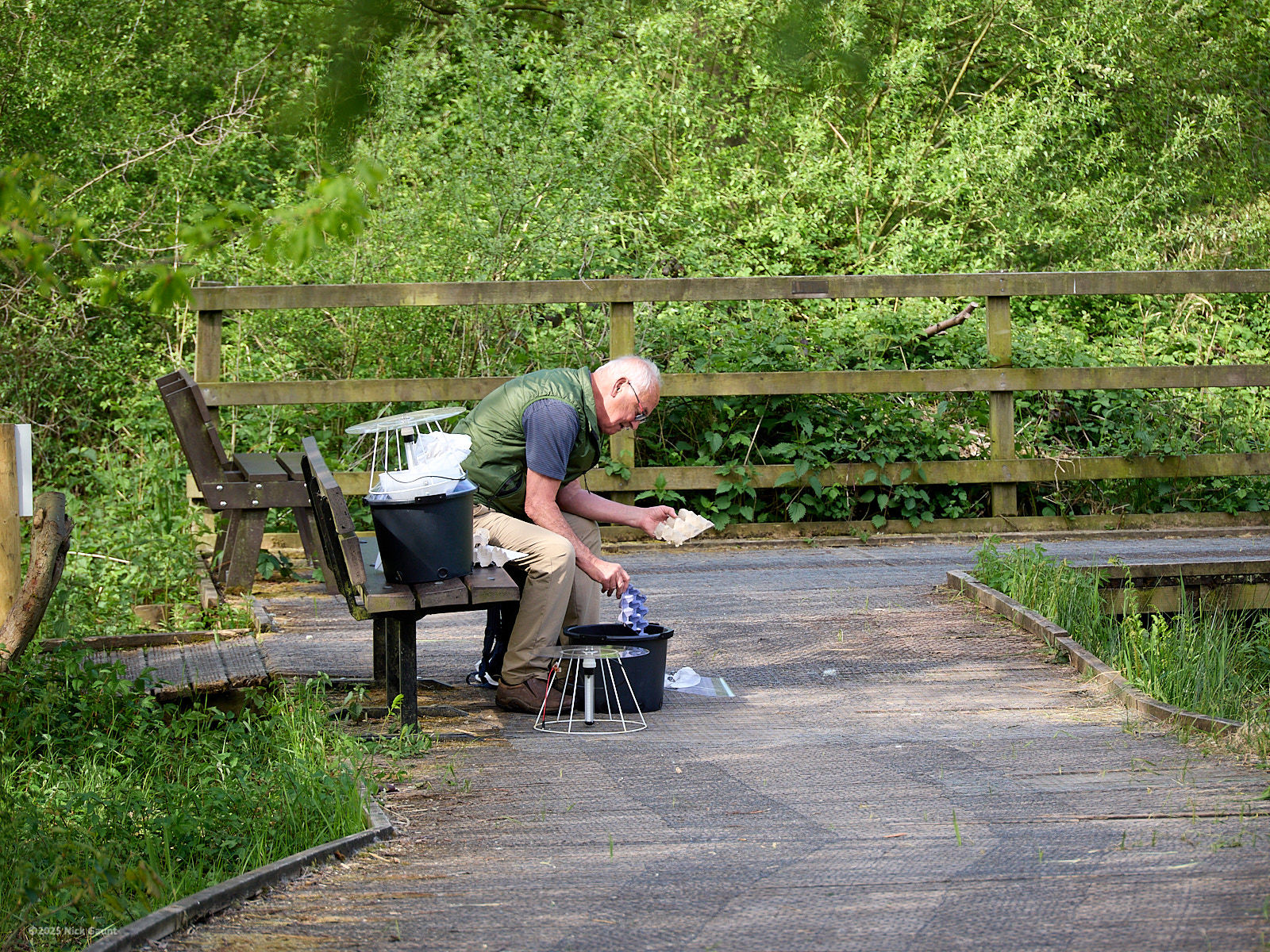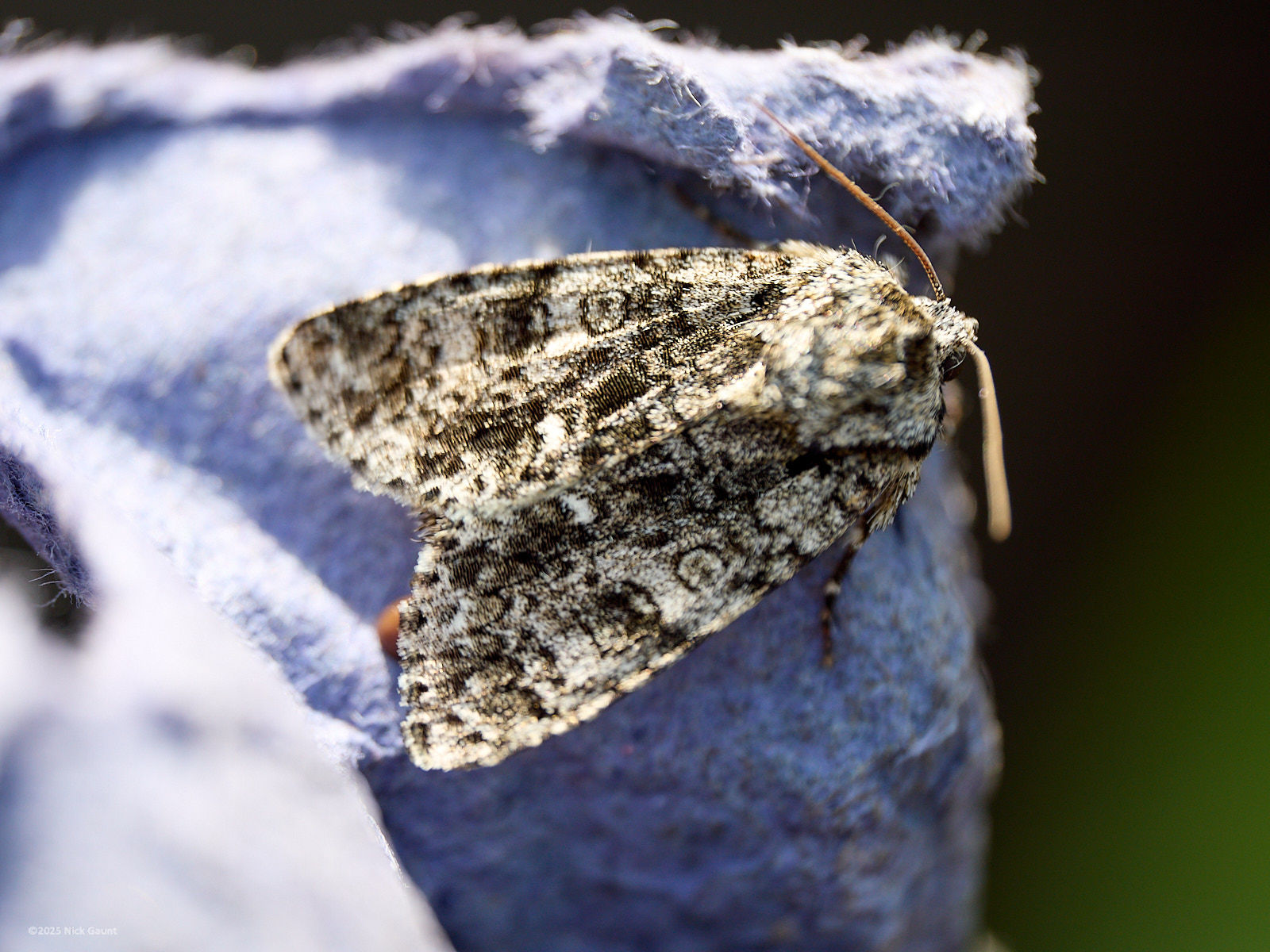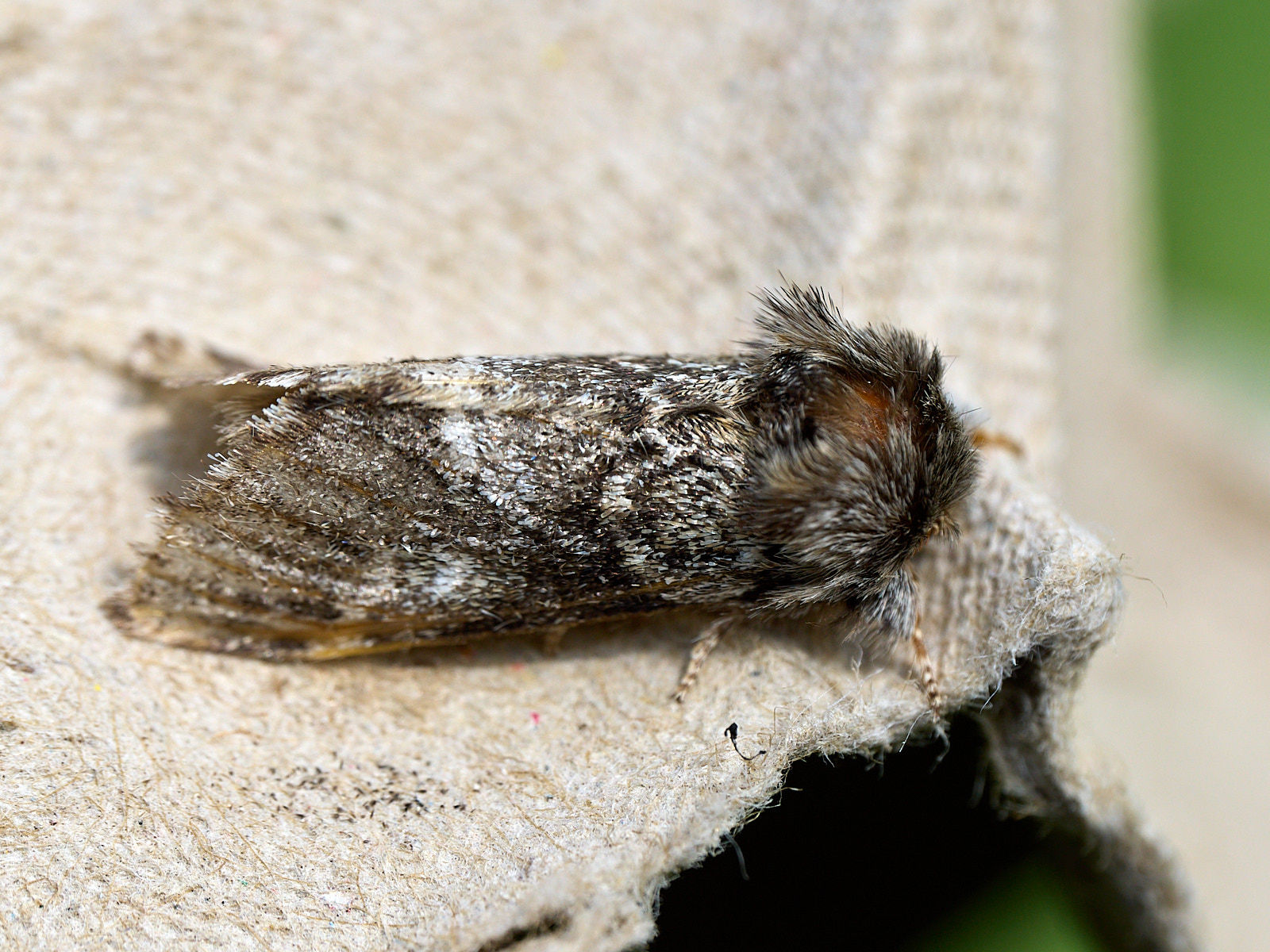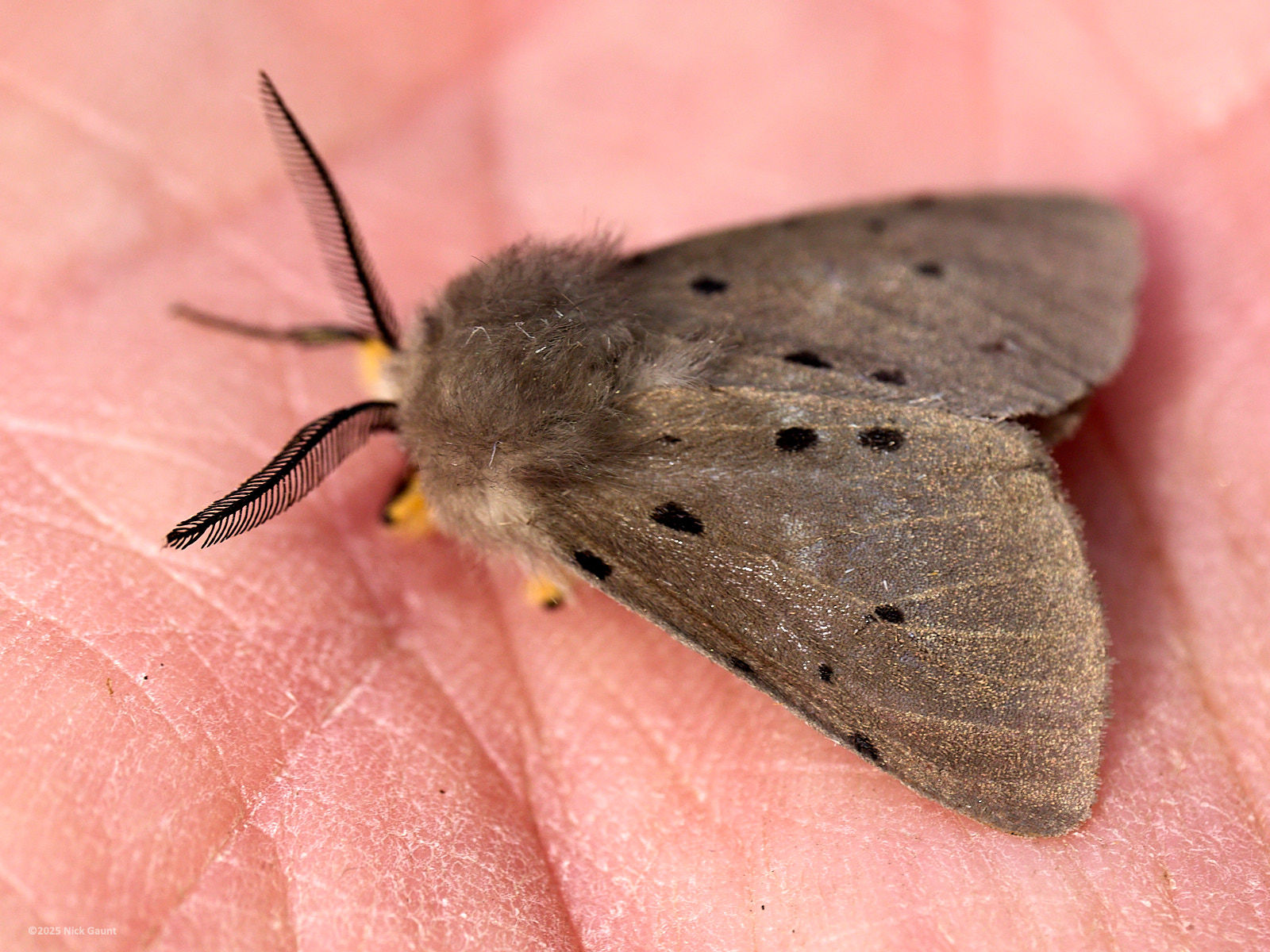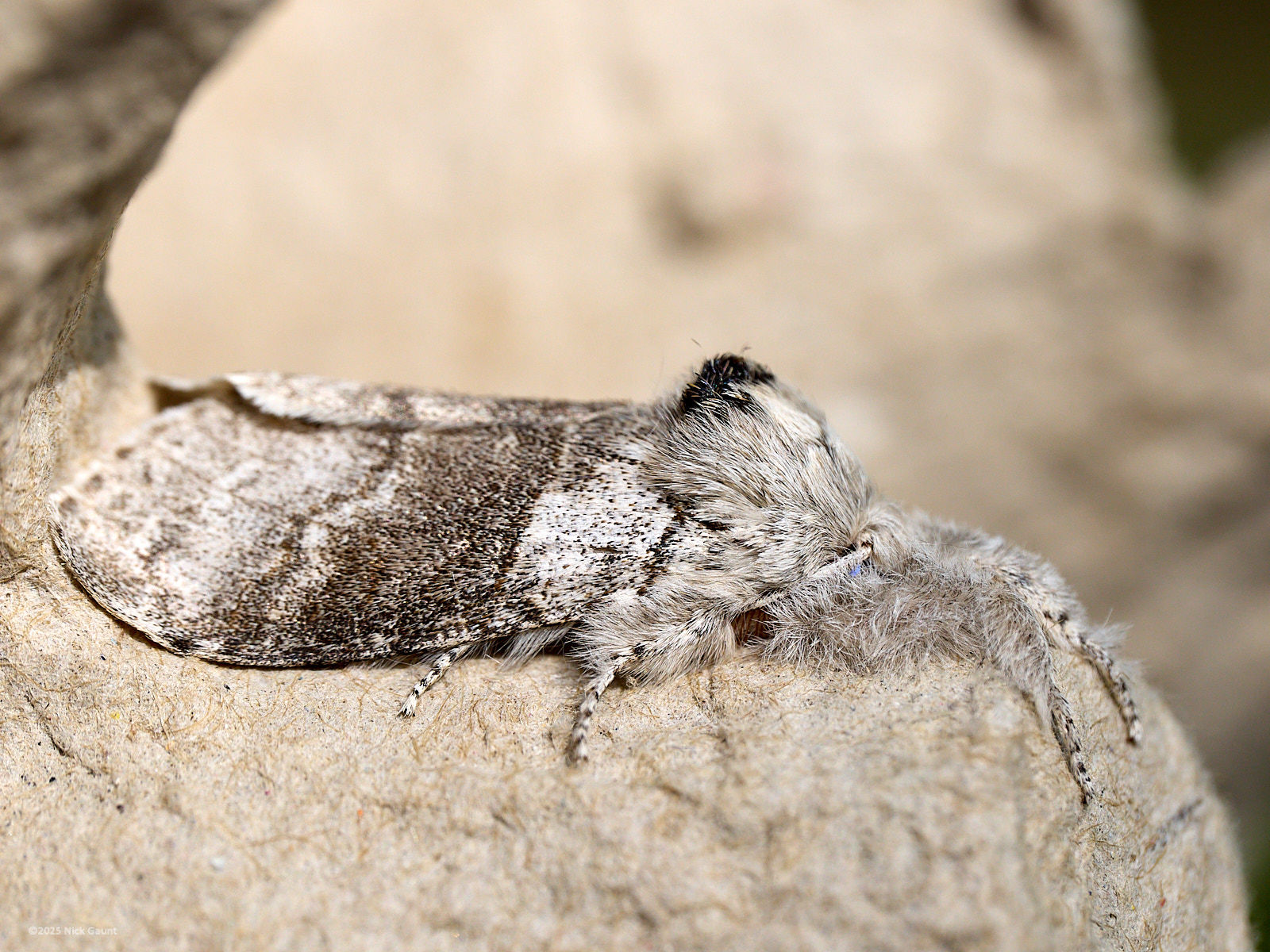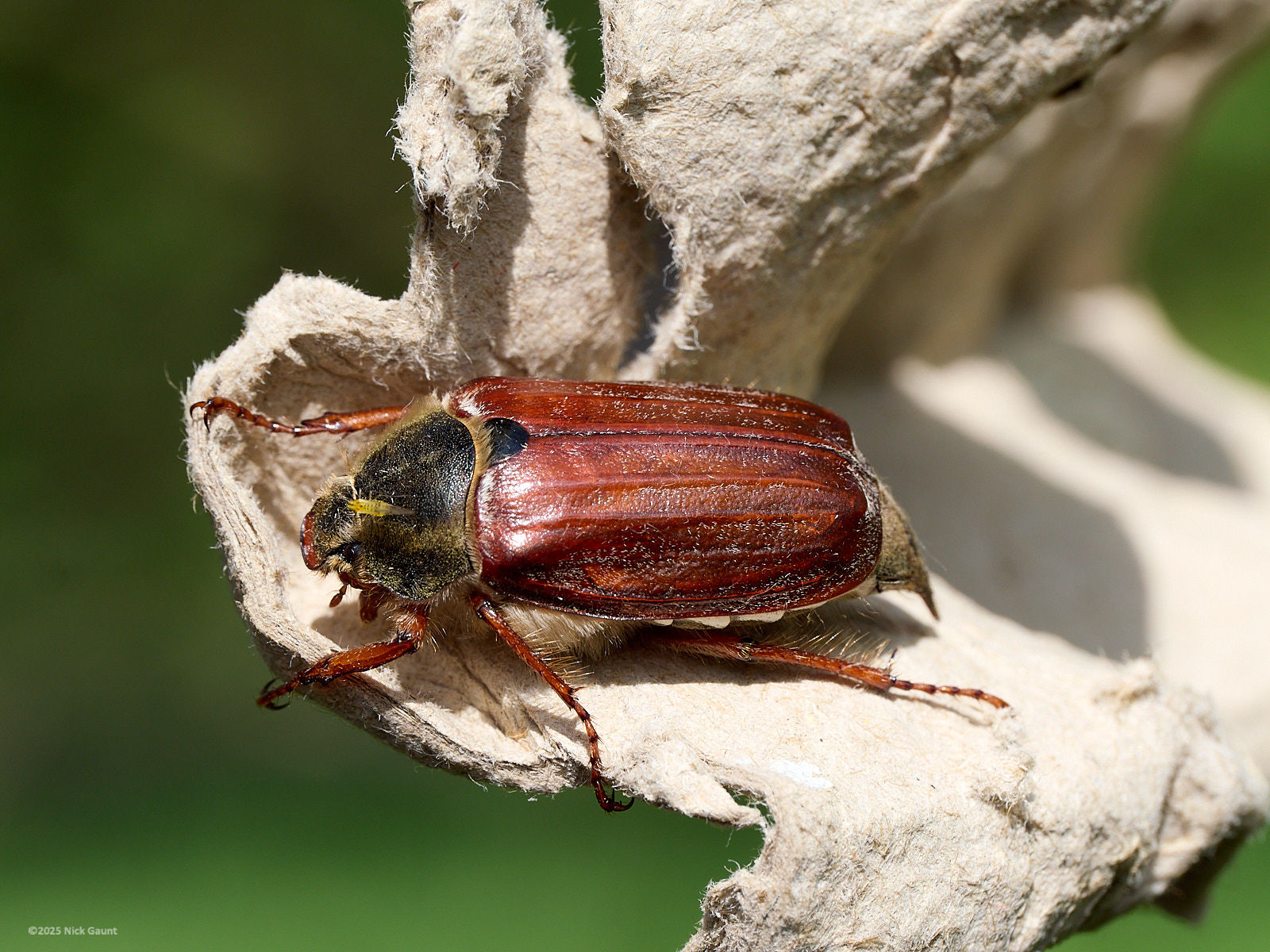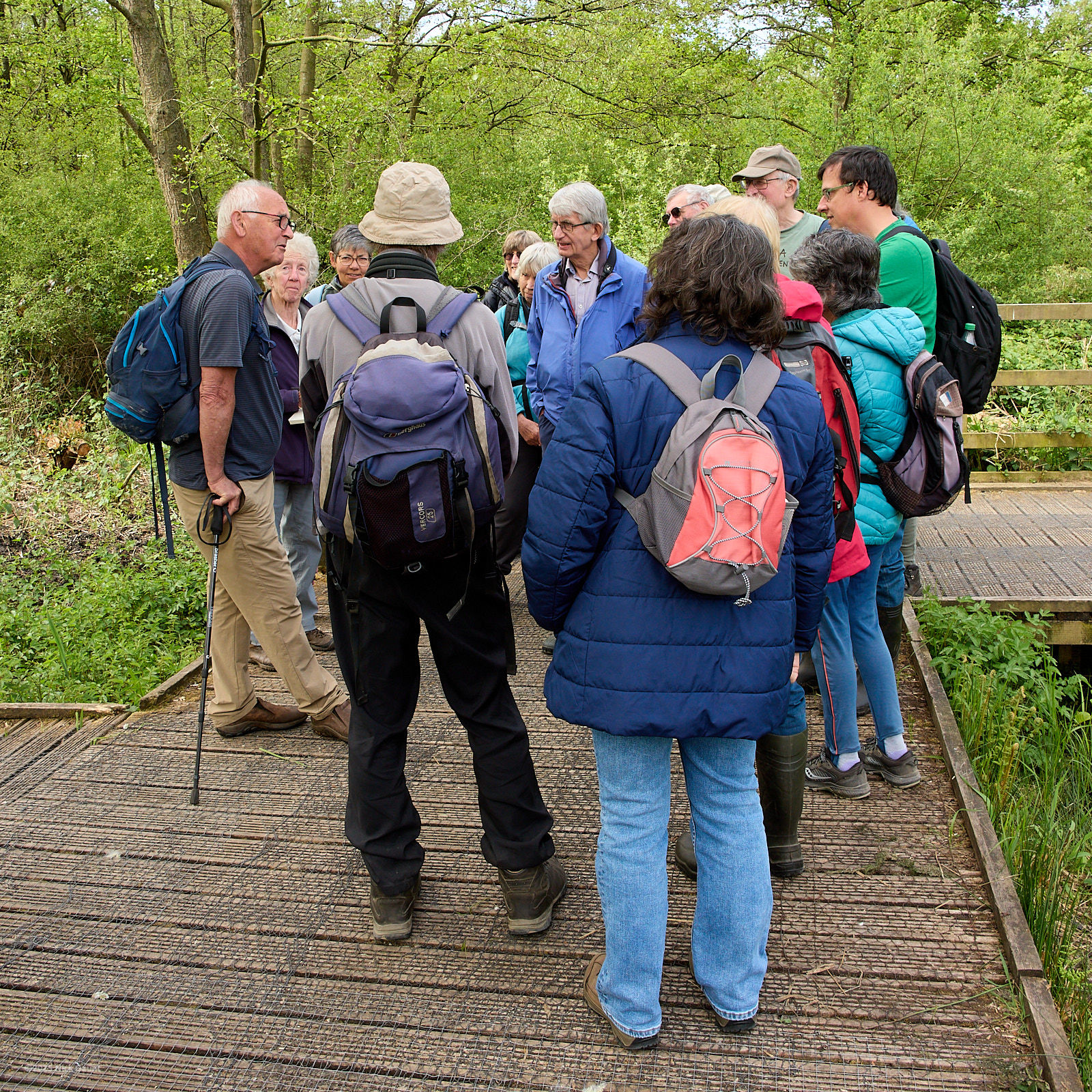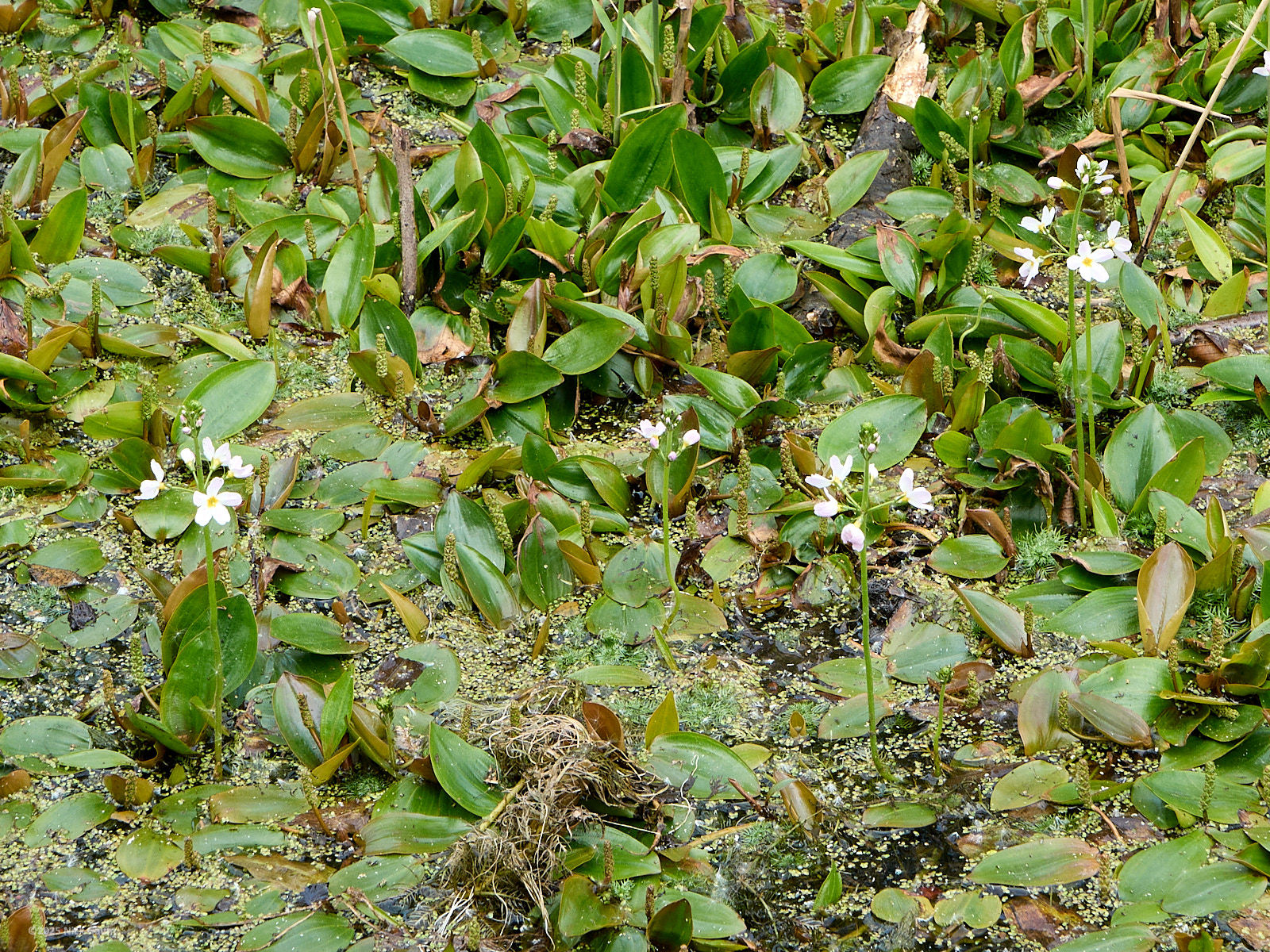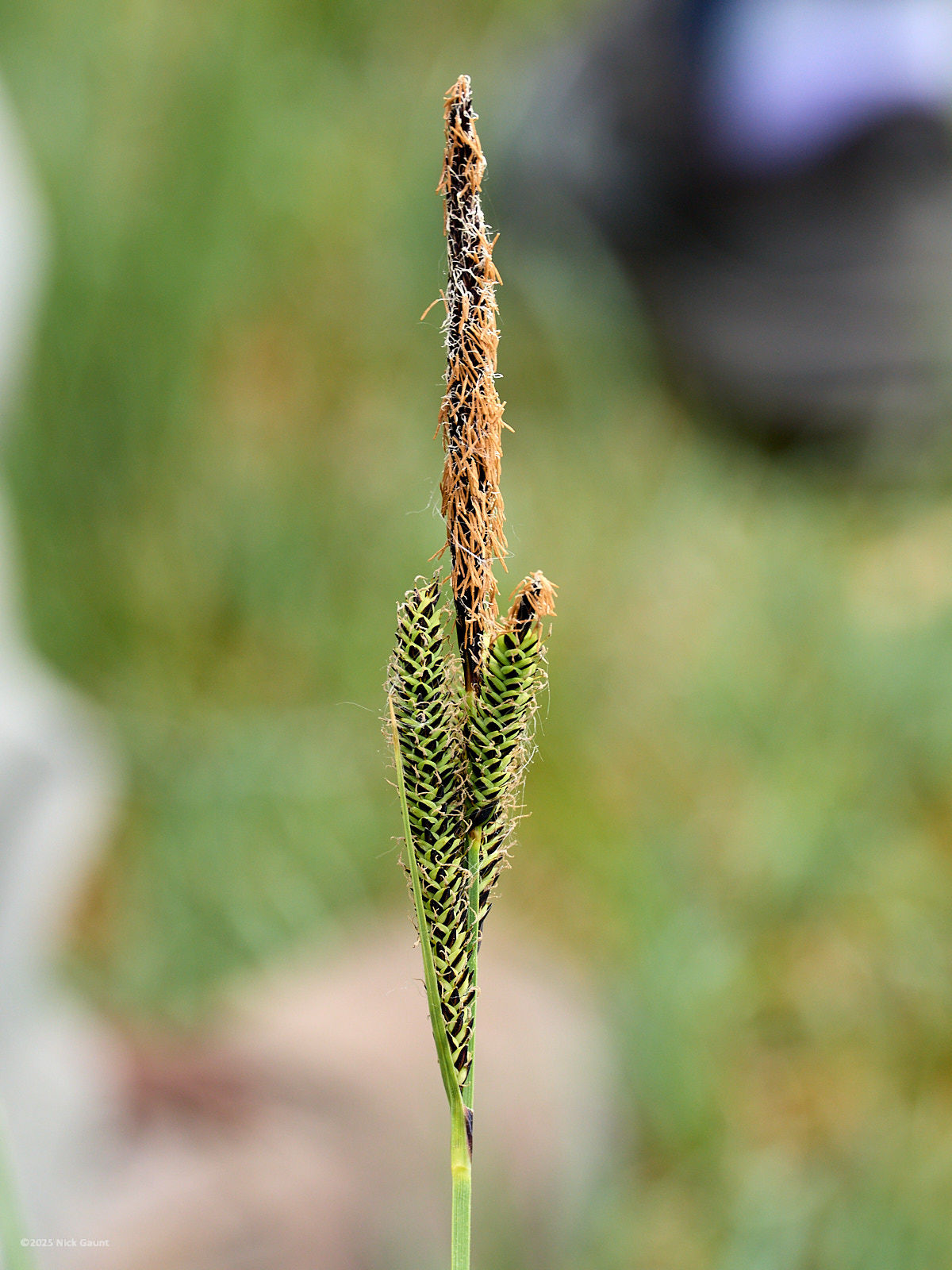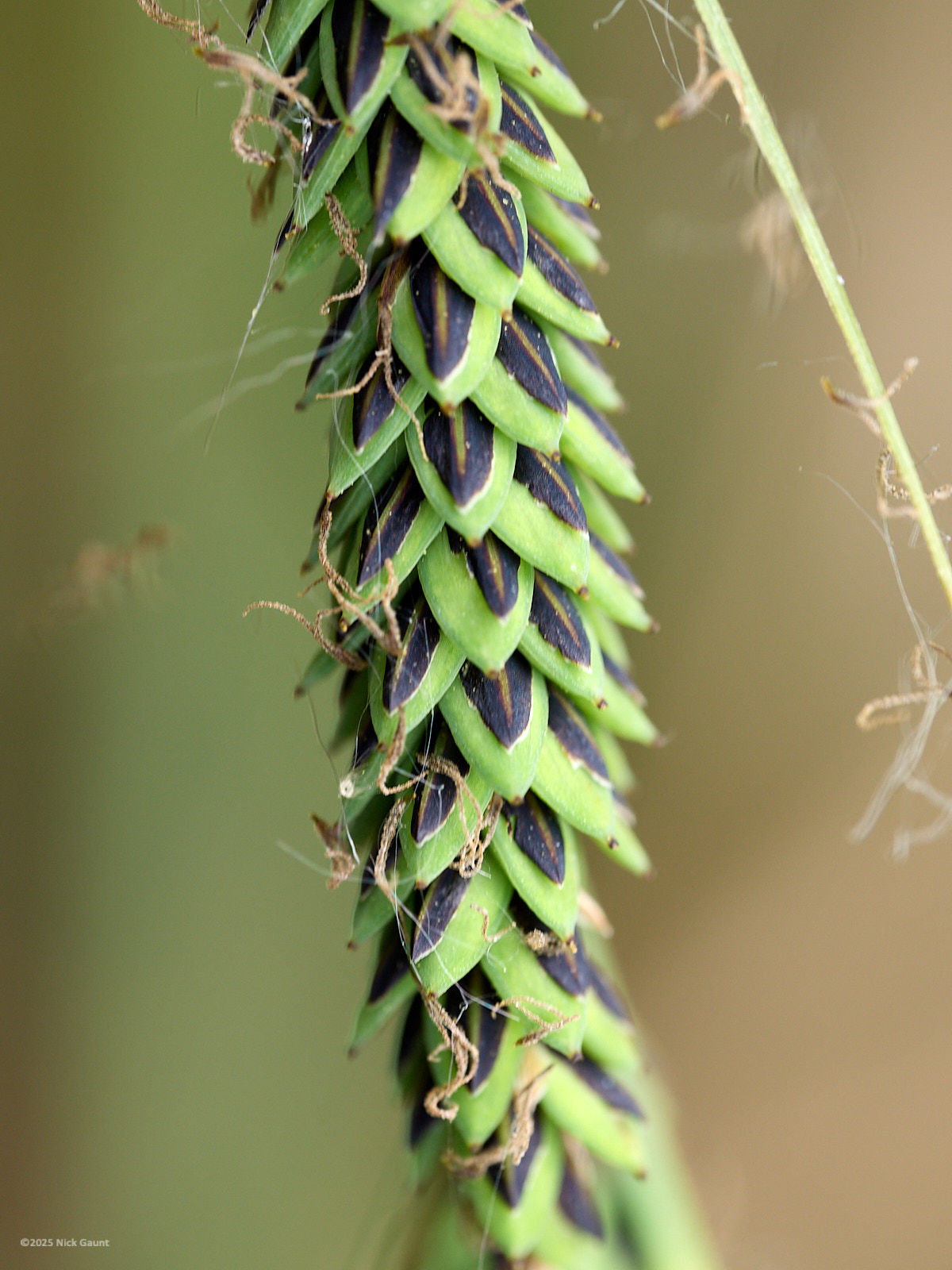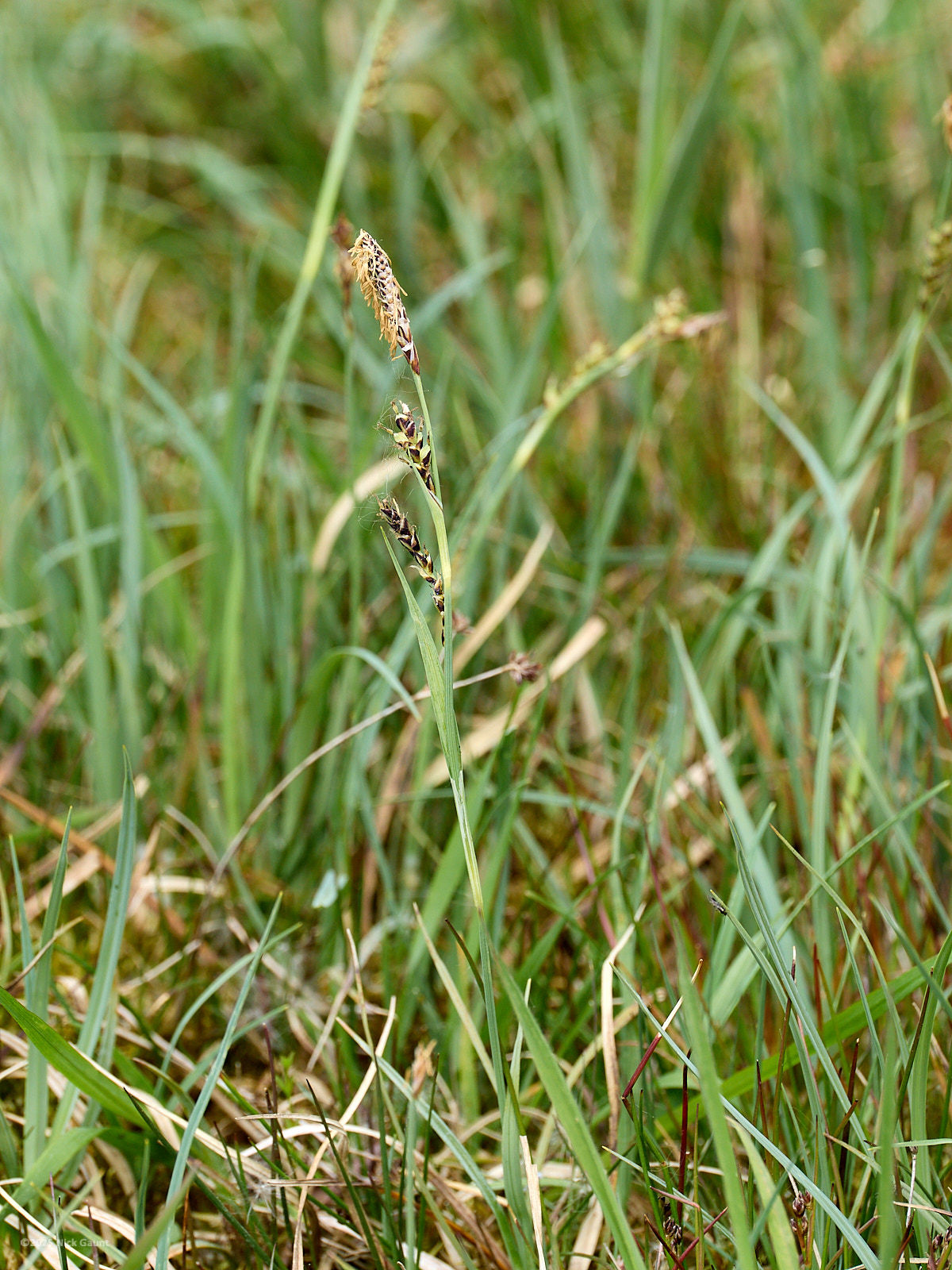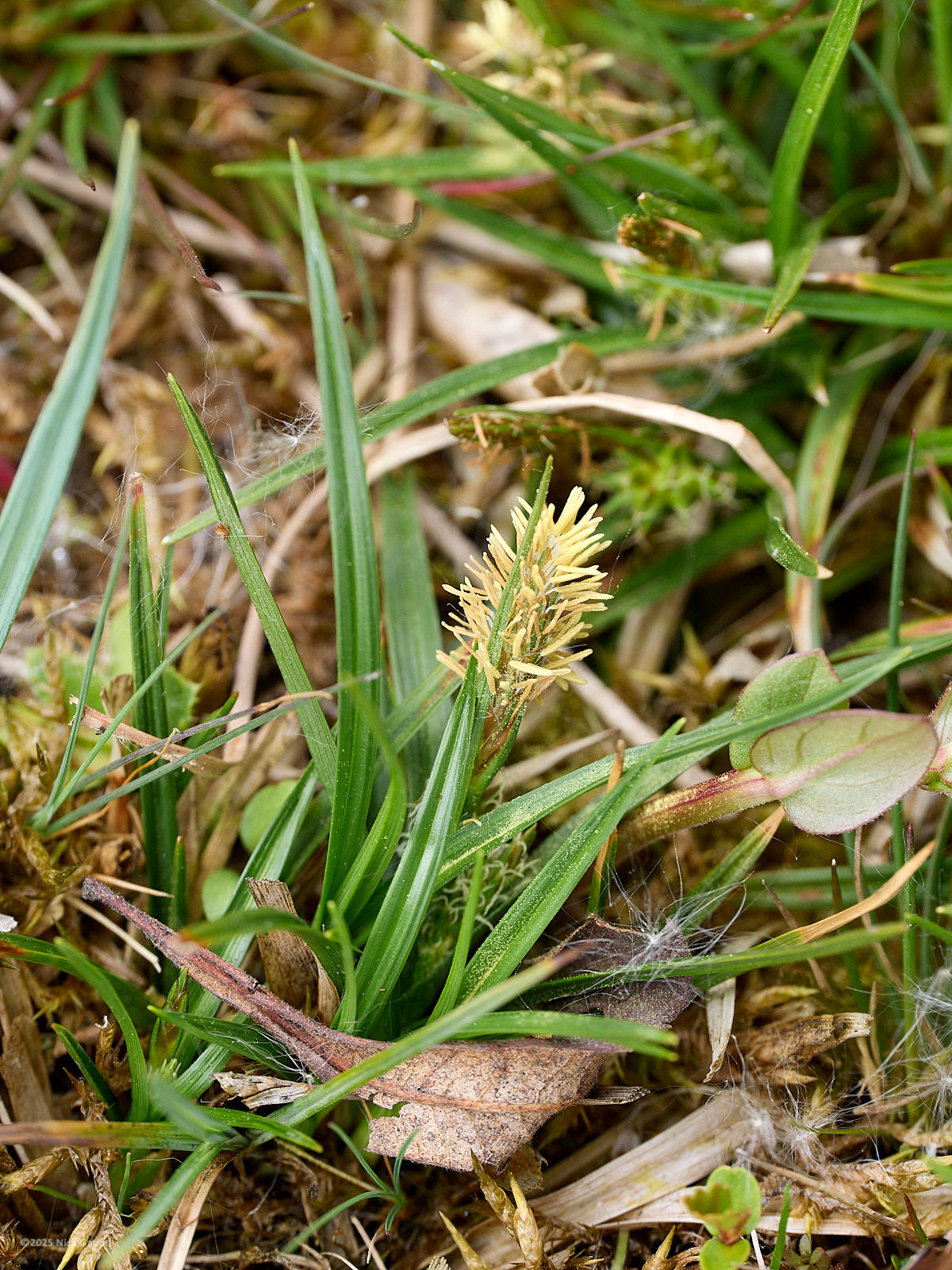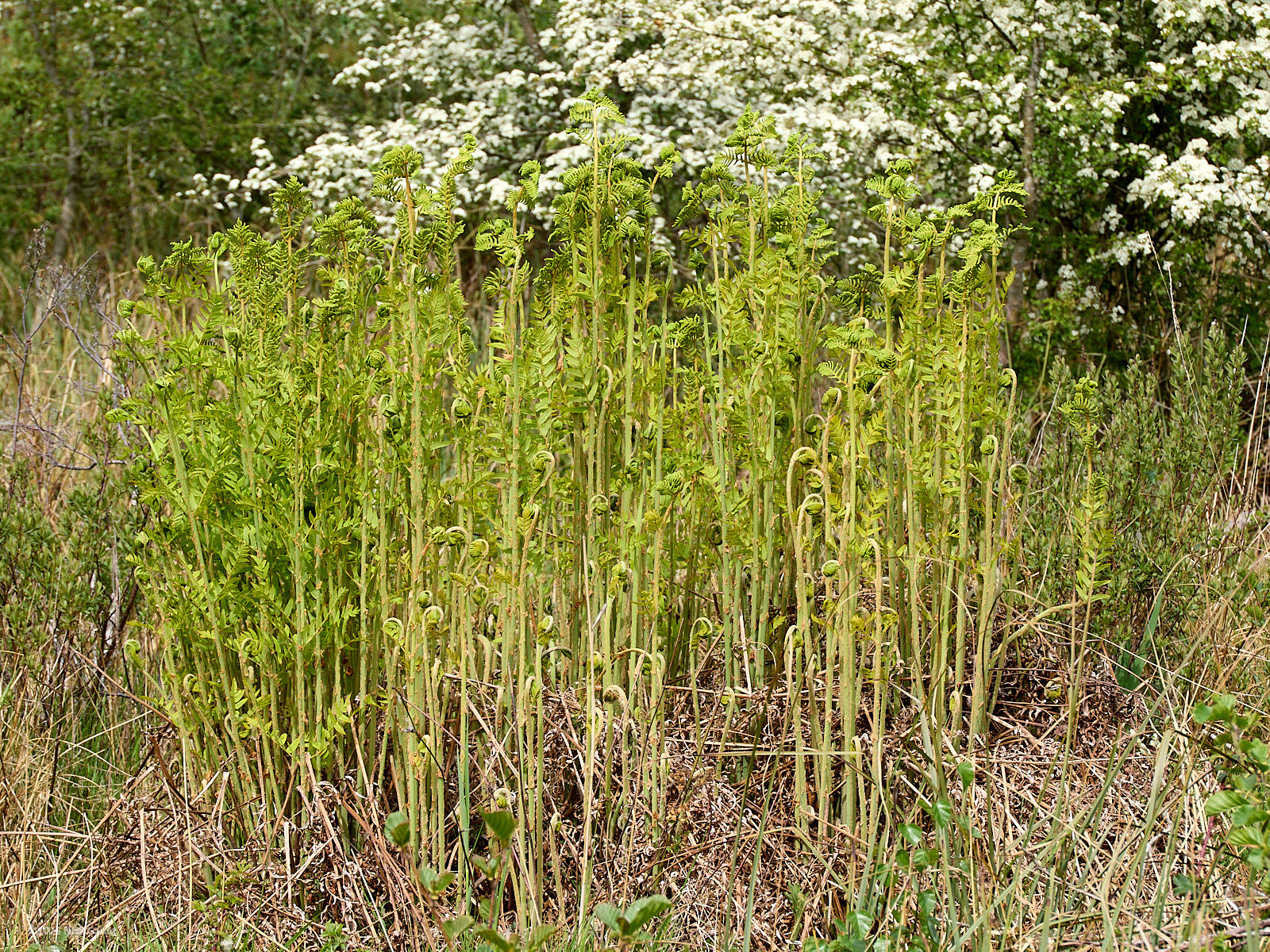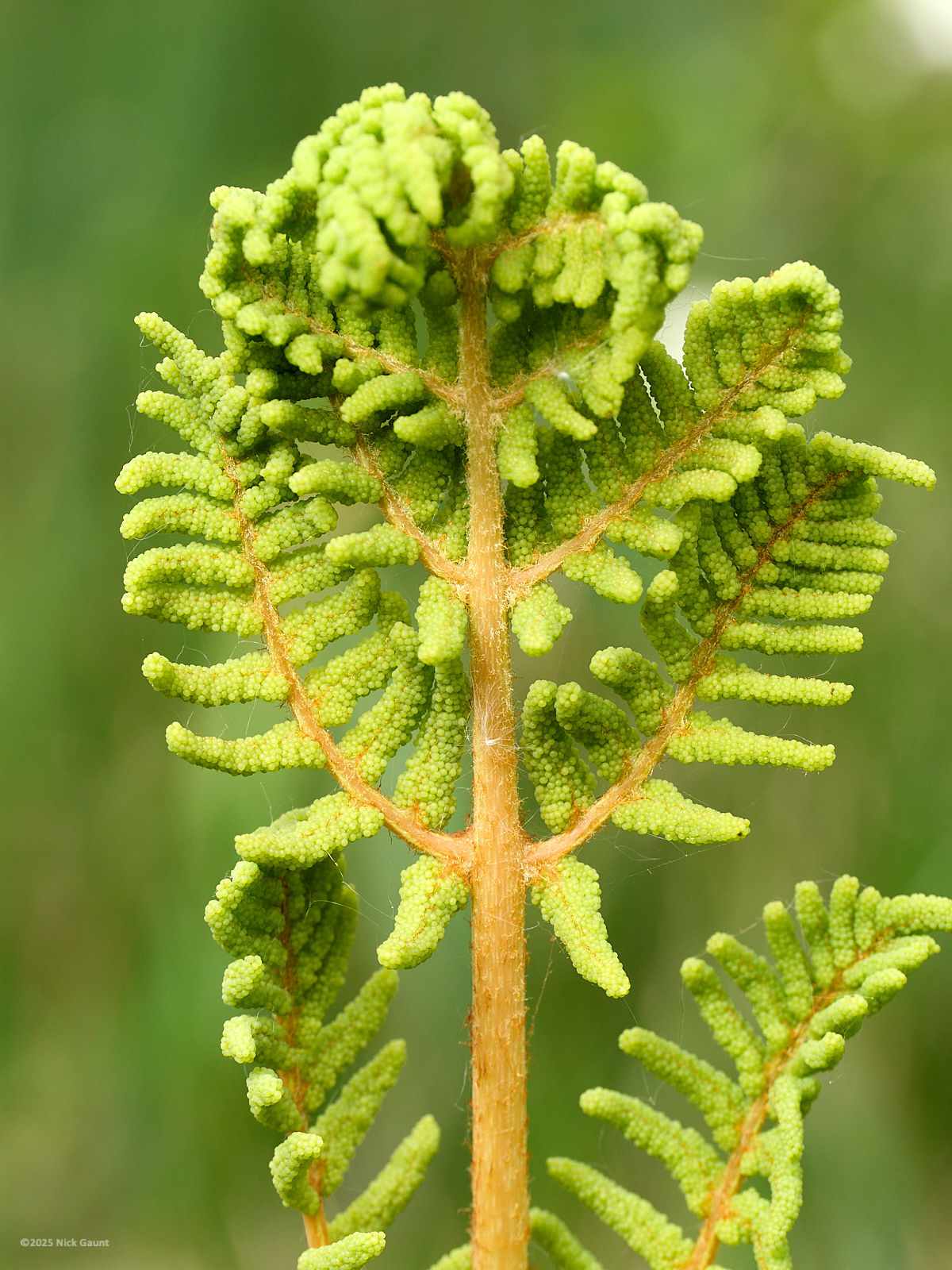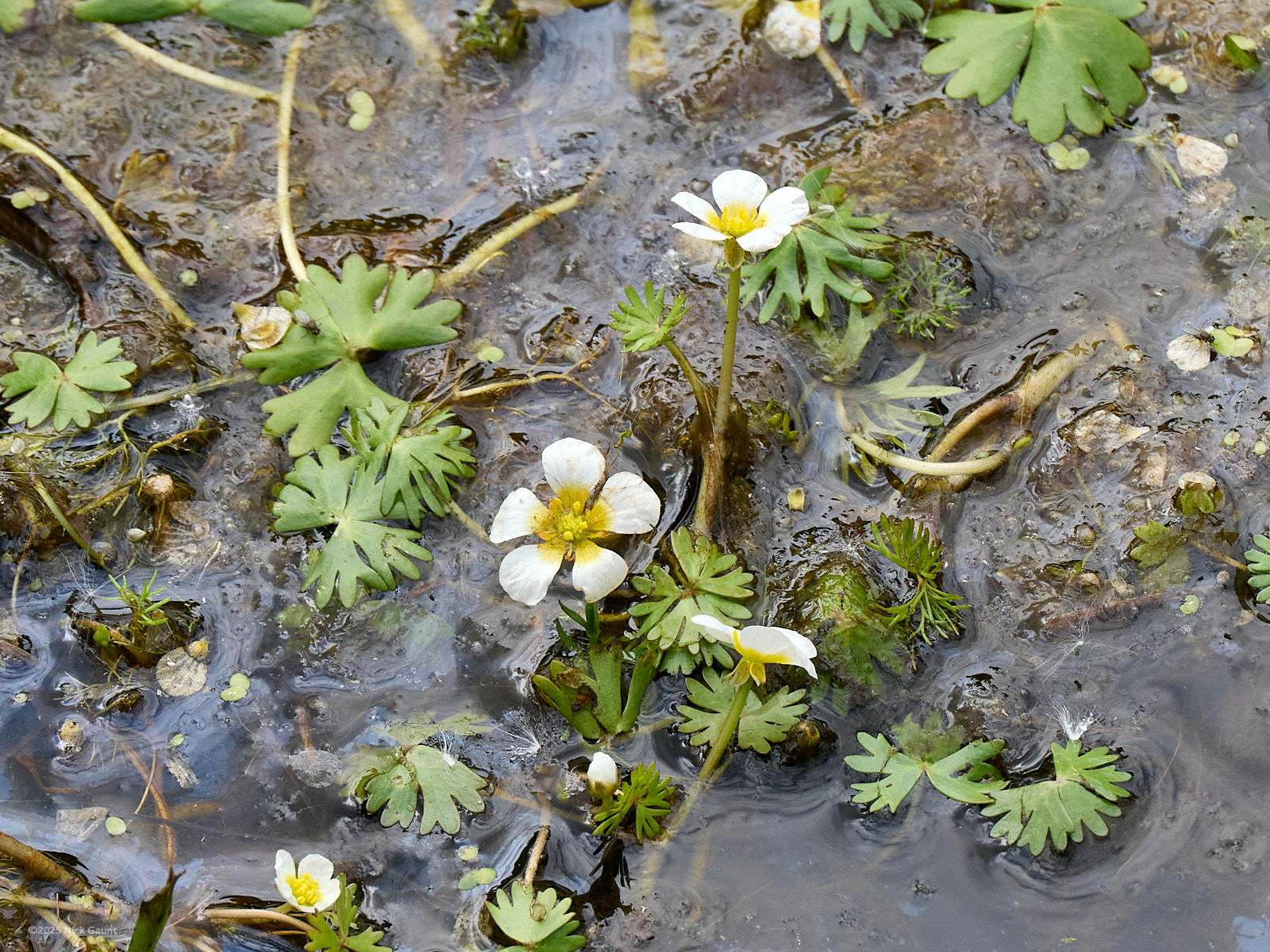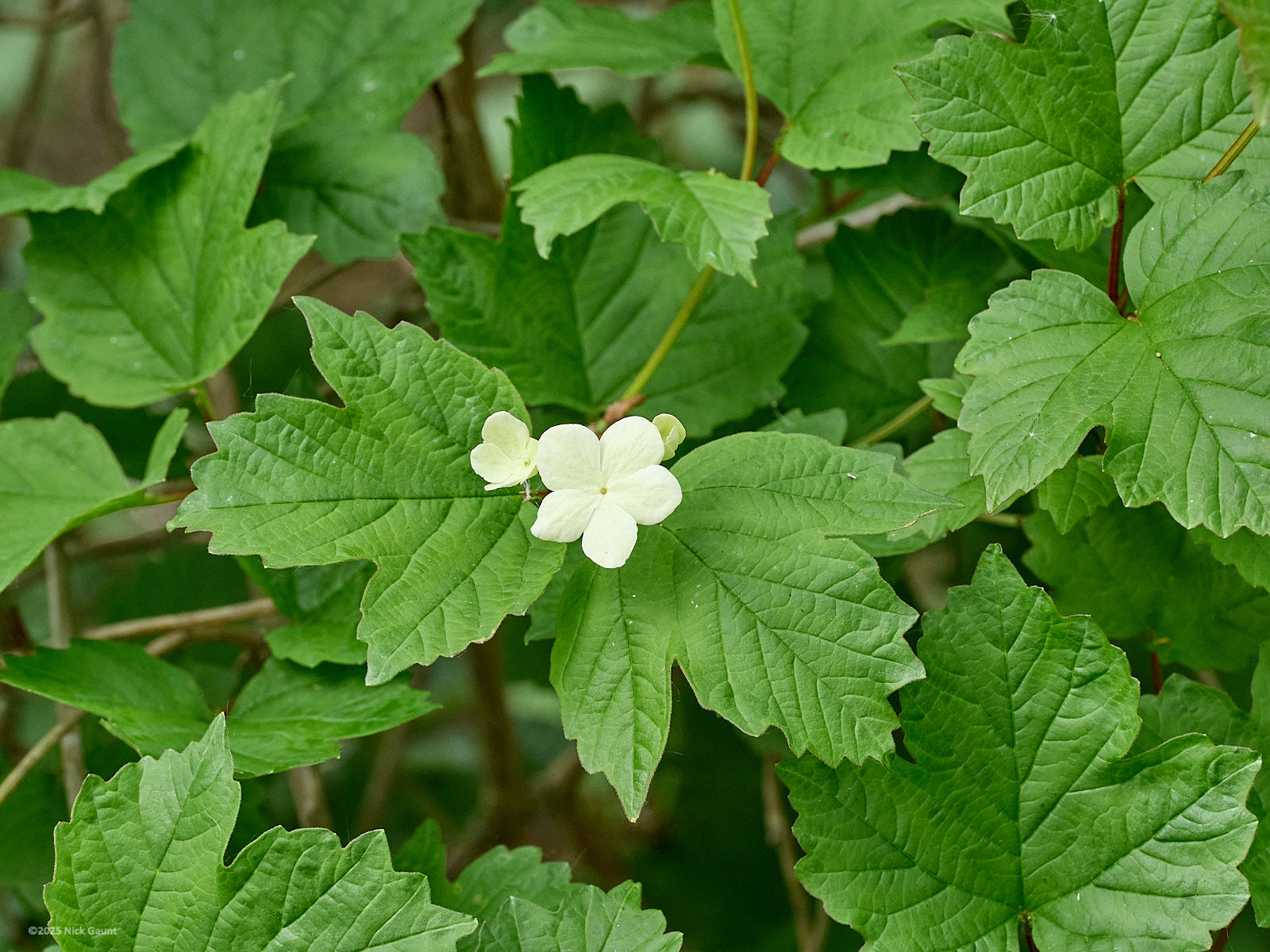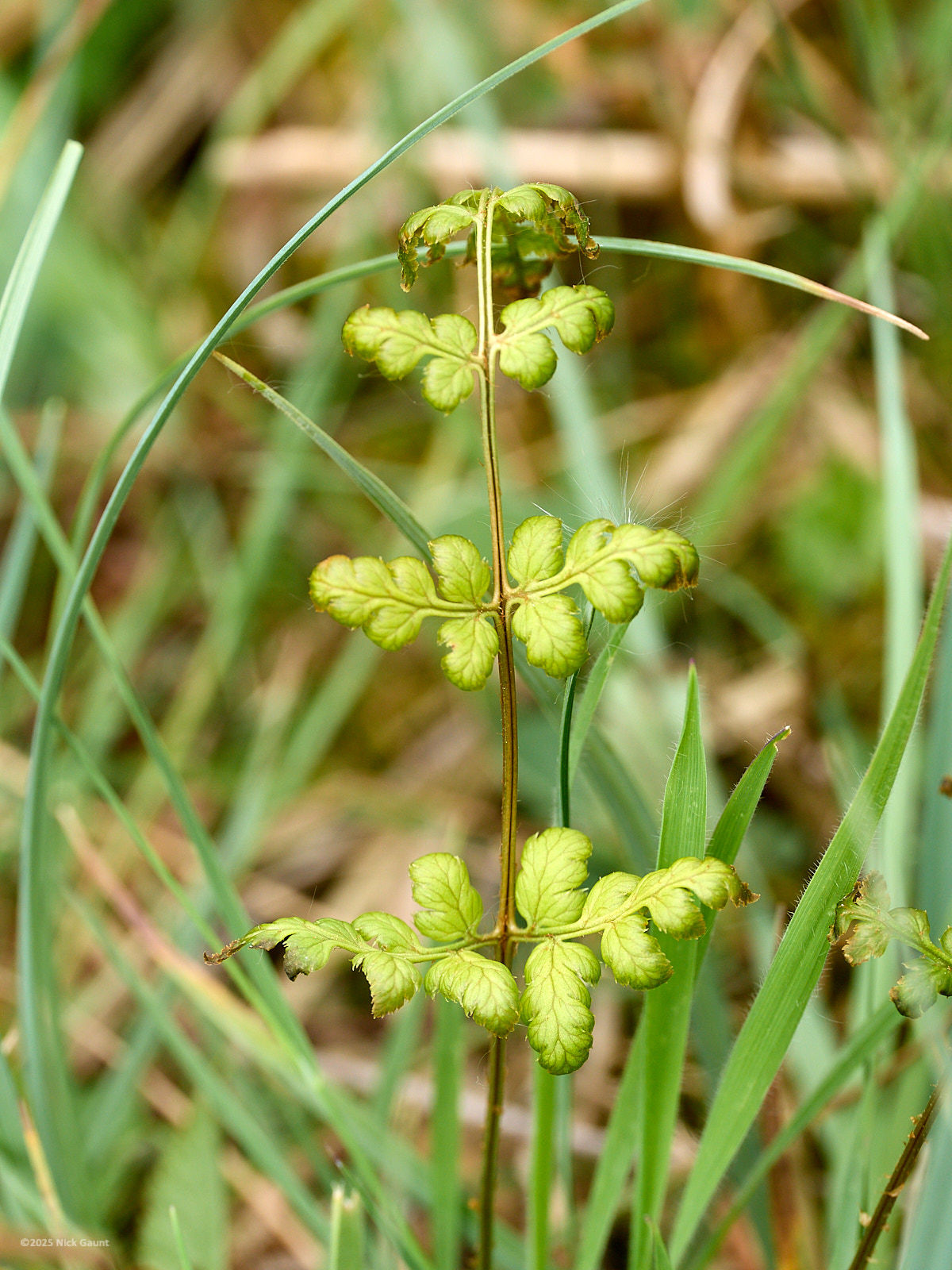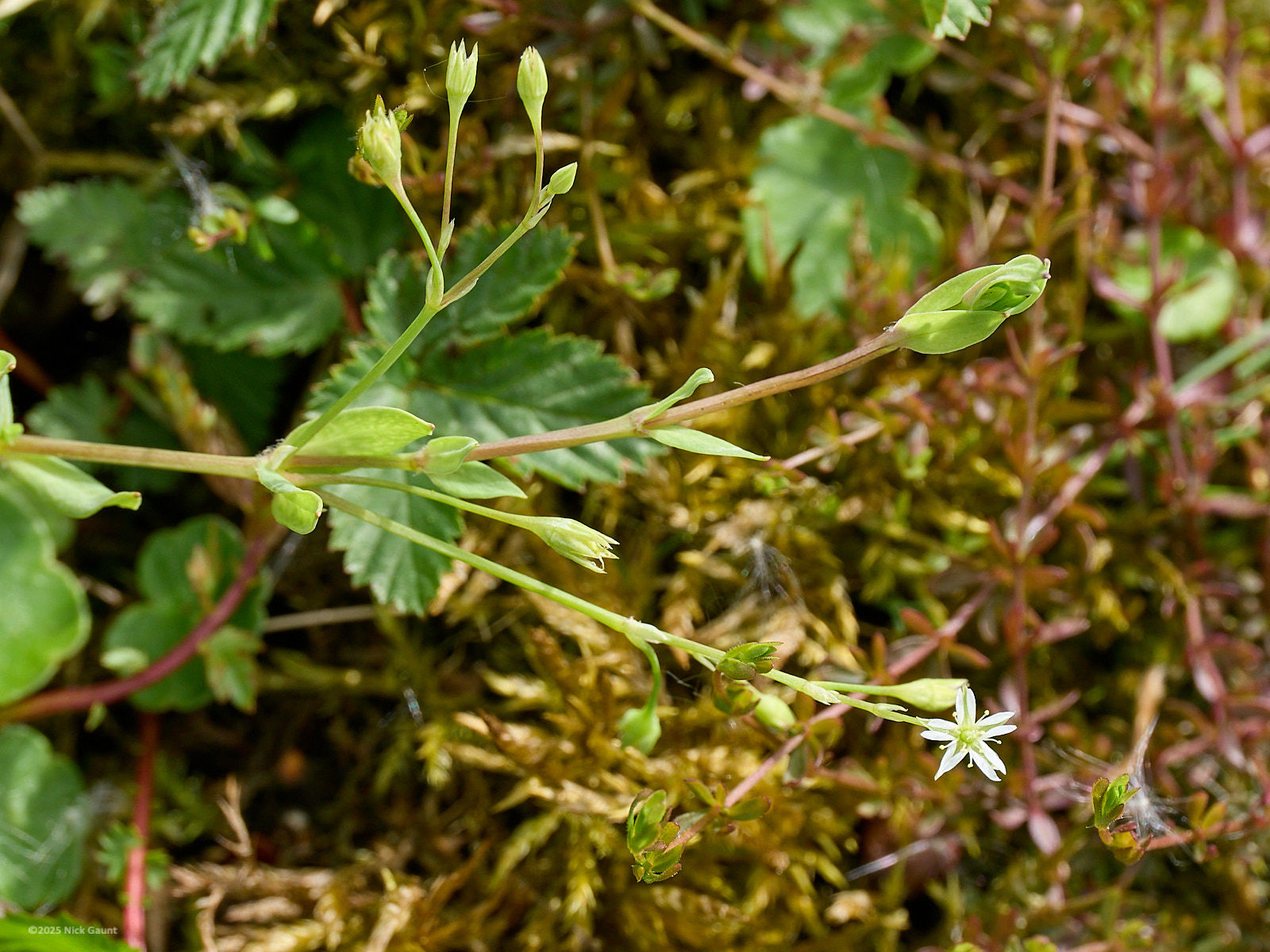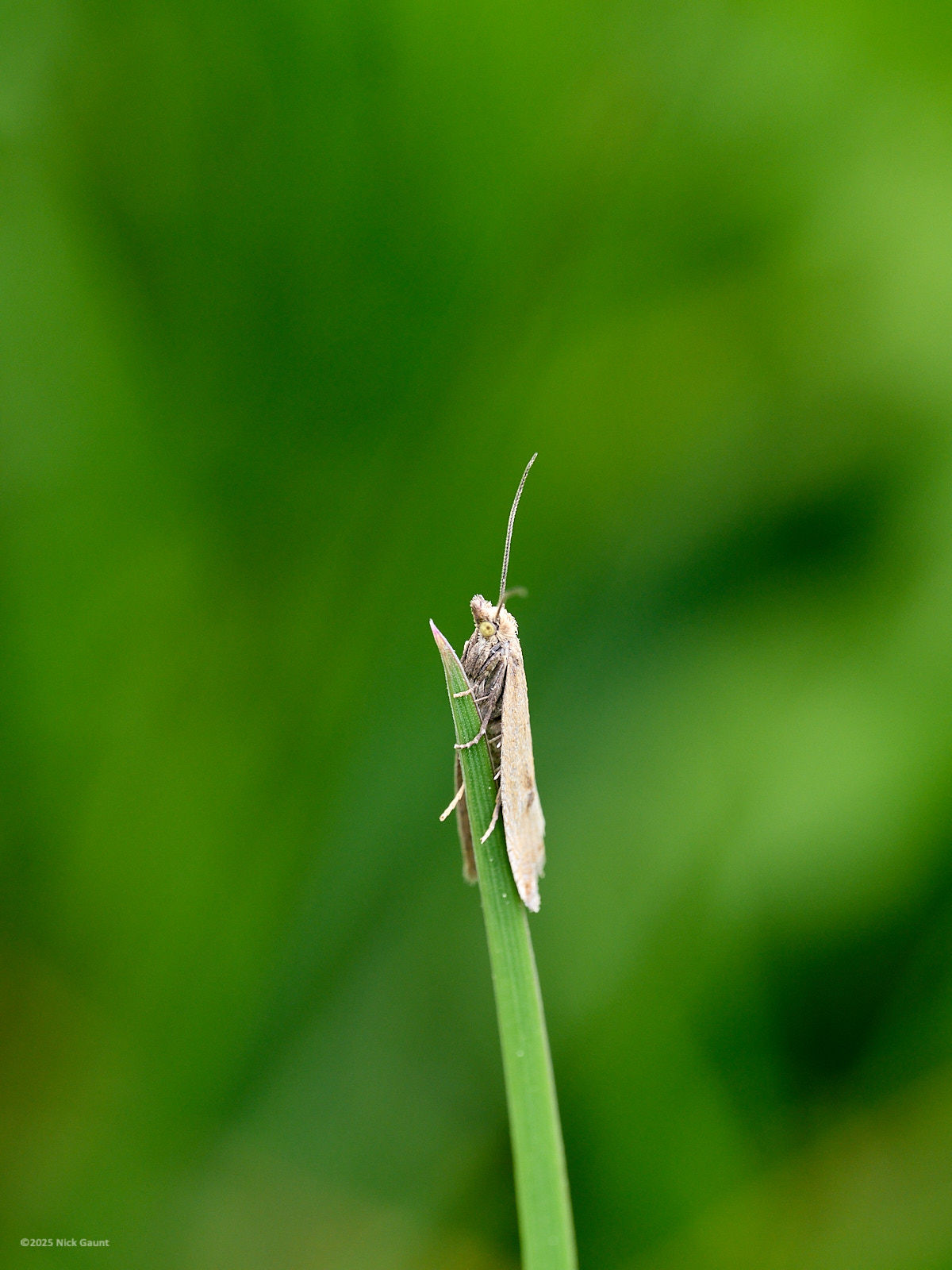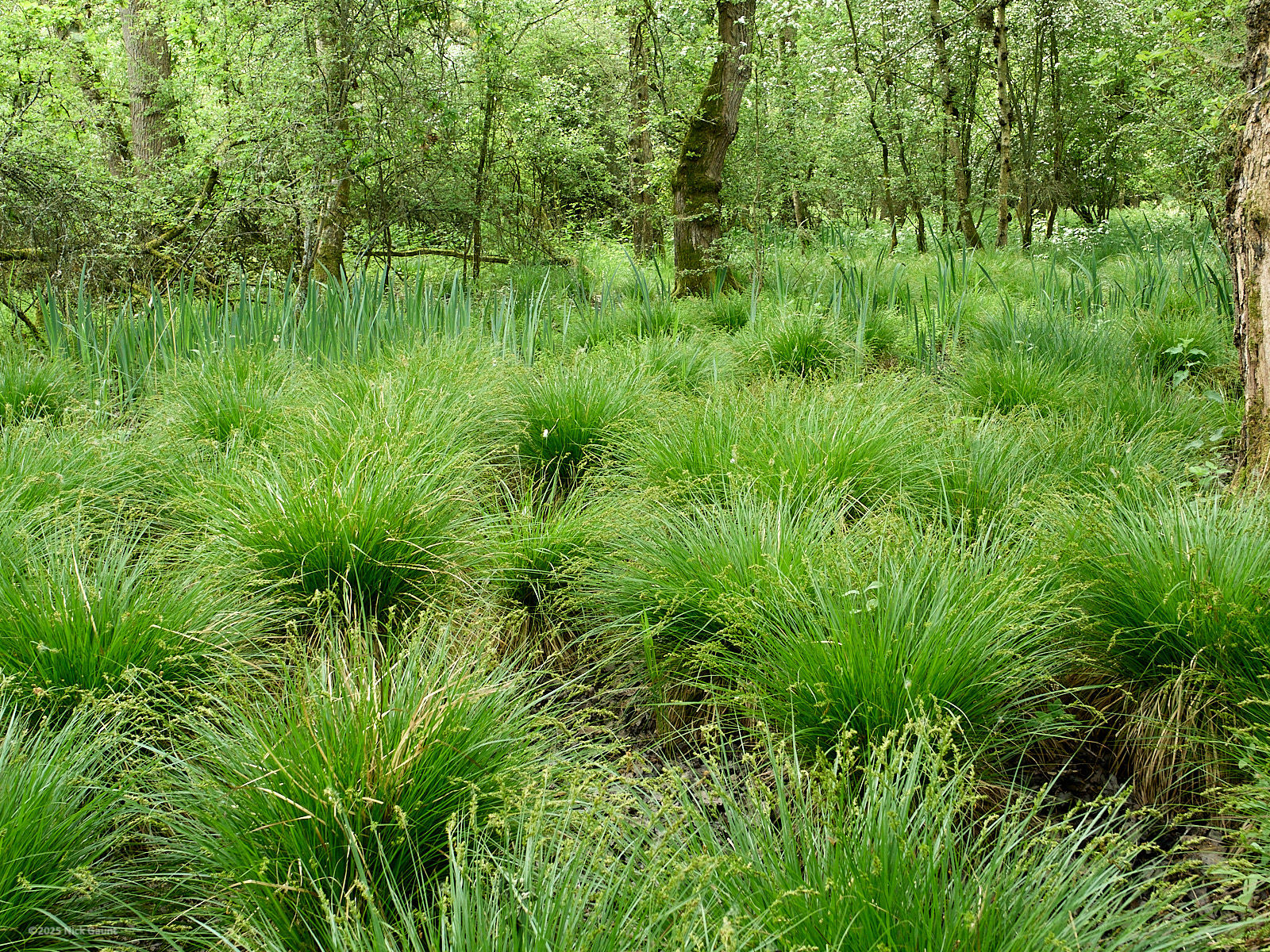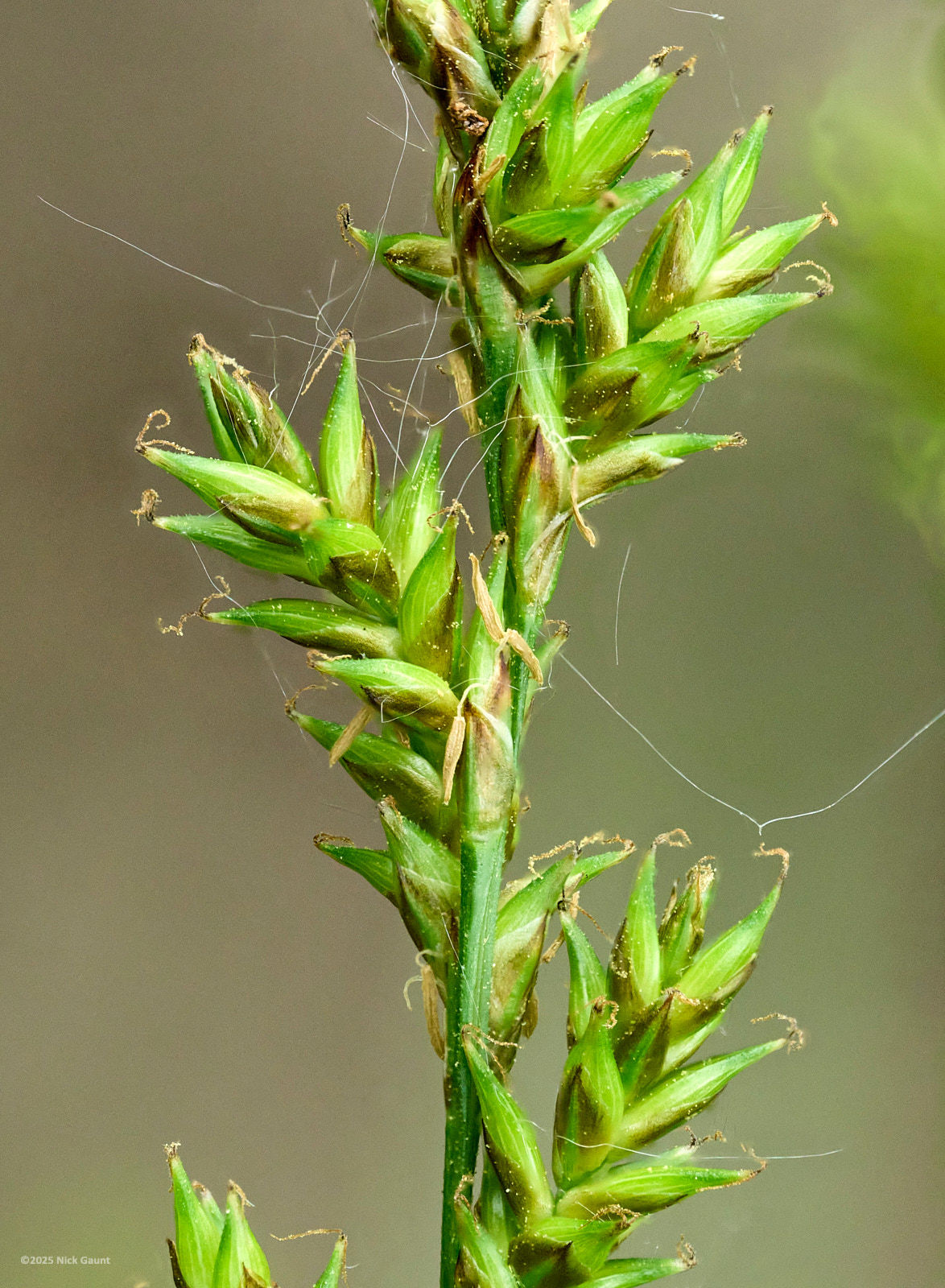There was an excellent turnout to enjoy the outstanding guided tour of Askham Bog by Professor Alastair Fitter CBE FRS. Alastair is an extremely busy person so we were very grateful for his time and wisdom.
The formation of the bog dates back 17,000 years when a glacier retreated and deposited terminal moraine which allowed the formation of a lake which gradually filled in and developed into raised bog. The bog sphagnum is 85% water and allowed peaty deposits to form. Medieval peat cutting which then ceased left an abandoned peat mine which regenerated naturally to form a dome of peat 30cm higher than the surroundings and grows at 1mm annually. This, and the underlying variation in substrate results in a mosaic of conditions: pH is around7 at the edges and down to 3 in the centre where the bases are leached out. The site has 5 to 10% of all UK flora and fauna, many of which are rare.
We had hardly entered the bog before encountering an enormous drift of Water Violet (Hottonia palustris) with its subtle scent. Its seeds float but a fluctuating water table is needed for them to root in soil. Large Celery-leaved Buttercups (Ranunculus sceleratus) provided bright pops of colour here.
There were sedges everywhere – 25 sedge species are found here. We saw many including Tufted Sedge (Carex elata), Remote Sedge (C. remota), Carnation Sedge (C. panicea), Common Sedge (C. nigra), Fibrous Tussock Sedge (C. appropinquata), Great Fen or Saw Sedge (Cladium), Slender Sedge (C. lasiocarpa), Pale Sedge (C. pallescens), Common Yellow Sedge (C. demissa), Brown Sedge (C. disticha) and the famous Gingerbread Sedge (C. elongata).
Other delights included Royal Fern (Osmunda regalis), some of which were decades old though fortunately regeneration of the elderly population has been ensured by creating adjacent bare patches. Marsh Fern (Thelypteris palustris) was present and a few young specimens of the rare Crested Buckler Fern (Dryopteris cristata) that were introduced from Norfolk were emerging.
Tubular Water Dropwort (Oenanthe fistulosa), Pond Water Crowfoot (Ranunculus peltatus) and Bog Pondweed (Potamogeton polygonifolius) added further interest.
Professor Fitter had also set up moth traps as added interest. 639 moth species are known from the site and we were fortunate to see among others a Marbled Brown (Drymonia dodonaea) which is rare in York, though not in Harrogate.
All in all, a wonderful morning’s education and many thanks to Professor Fitter. It is hoped that the previous severe threats from housing development have now receded as York has a Local Plan which does not include the land adjacent to Askham Bog.
Hazel Mitford
